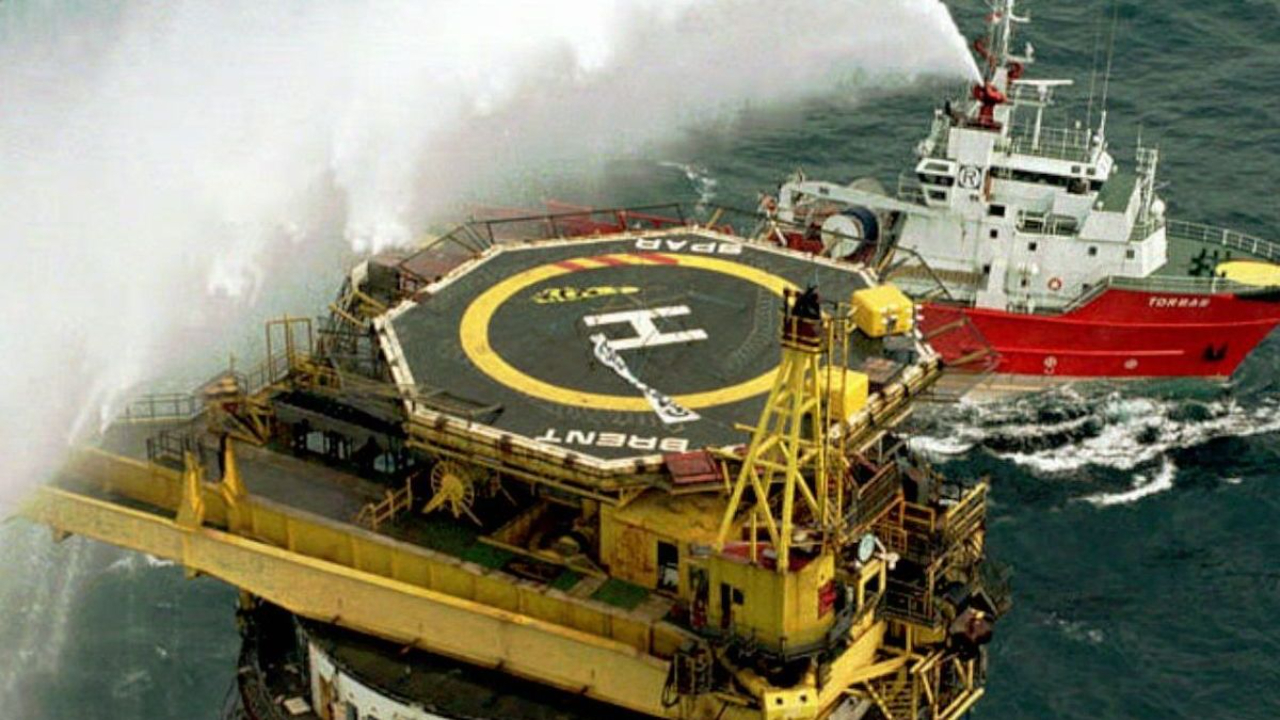ISOC resources
The top two global sportswear brands – Adidas and Nike – have both taken a reputational hit from scandalous comments and social media posts by high-profile celebrity partners. The circumstances were parallel, but the way each company responded to its crisis had profound implications for damage limitation. An analysis of the coverage data reveals some important lessons for communicators everywhere about the interaction between corporate culture and the effectiveness of crisis response.
The headaches for Adidas came from Ye (Kanye West) who criticised the brand and went on to make anti-semitic comments in the media that caused social media uproar. Adidas eventually cancelled its partnership with Ye, but only after weeks of speculation during which time more than 4,000 articles were published, according to data from Newswhip. These articles drove millions of engagements, many of which criticized Adidas for not acting more decisively.
Meanwhile Nike was much quicker to sever its partners...
Photographs and video from a set-piece protocol or media event can magnify its impact on public perceptions and on the reputation of institutions and VIPs. It is in everyone’s interests that photo opportunities are stage managed to facilitate the best quality images.
Media often complain that they have to fight to get what they need to make good images. Great public relations and protocol services treat media as customers. The following guidance explains how to help photographers and videographers to get the best pictures.
Timing is usually tight: VIPs may have only seconds or minutes available. A very brief shoot is sometimes all that is possible. Where appropriate, advise VIPs to schedule at least 2-3 minutes. Extra time lets media optimise settings and take more frames and angles, which increases the quality of their best shot. Larger groups (e.g. a G20 heads of state group shot) require more time because photographers must capture hundreds of frames to get a few in which nobody i...
The Brent Spar episode proved that it is not enough for a company to be in the right, if it also fails also to engage with stakeholders and convince the media. It showed that even a major multinational can be defeated by hostile public opinion. Shell lost the PR battle, and then lost the regulatory battle as a result.
The context
The North Sea contains over 350 drilling rigs and oil production platforms. They are very large and contain some level of contamination from oil exploration and production. After a period of service they become obsolete or unsafe and need to be disposed of.
One such platform was Brent Spar, a 14,000 ton, 200-metre high platform which by 1995 was no longer usable. Its part-owner Shell spent three years and millions of pounds on research and environmental modelling which concluded (correctly) that the least damaging option was to tow Brent Spar to a very deep area of the North Sea and sink it. This would cause minimal environmental harm -- as opposed to ever...
Silicon Valley Bank collapsed in March 2023 after a run on deposits doomed its plans to raise fresh capital. Weak communication was a primary factor in the crisis, on two dimensions:
- Failure of communication strategy. SVB underestimated how sensitive depositors would be to the news, in the context of recent financial failures.
- Failure of storytelling. SVB communicated without context and neglected to build a narrative.
SVB was a $200 billion institution and had been the go-to-bank for tech boom startups. They took cash deposits and invested them in securities including U.S. government bonds, a strategy that racked up large losses when interest rates rose. SVB had to sell its investments at a $1.8bln loss and decided to raise $2bln in fresh capital to cover the losses.
Objectively speaking this situation and SVB’s action to resolve it should not have been particularly worrying. However, the way the bank communicated the news on 8 March 2023 caused panic and contributed to a vira...
On February 13, 2023, three students were killed and five others injured in a mass shooting on the campus of Michigan State University. The gunman, 43-year-old Anthony Dwayne McRae, shot himself dead when he was confronted by police.
In the aftermath of the shootings, Vanderbilt University in Tennessee decided to send a consoling email to students using the following text:
We must recognize that creating a safe and inclusive environment is an ongoing process that requires ongoing effort and commitment. We must continue to engage in conversations about how we can do better, learn from our mistakes, and work together to build a stronger, more inclusive community. One of the key ways to promote a culture of care on our campus is through building strong relationships with one another. This involves actively engaging with people from different backgrounds and perspectives, listening to their stories, and showing empathy and support.
At the bottom of the message, in small print, the email...
A company that chooses its words carefully can escape a crisis with its reputation intact – or even improved.
Statistically all companies can expect a reputationally significant crisis roughly every five years. Cyber hacks, employee misconduct, product recalls, supply chain mishaps and a long list of dramas are all waiting around the corner. The good news is this: if you handle the crisis well, not only will you most likely be forgiven, but you may even gain new respect for showing your true colours.
If you need convincing that a crisis can be an opportunity, look at the share prices of companies hit by bad news. Share price is a proxy for public confidence. Studies show that effective communication in the early stages of a crisis predicts long-term reputational impact. All crisis-hit companies take a hit on the markets initially, but those that don’t explain themselves effectively can take years to recover. Those that communicate well catch up much faster in market valuation and act...







